952. Years ago fuel delivery trucks didn't have any type of a pump to transfer the fuel from the truck to the farmer's storage tank. The fuel was moved in 5 gallon containers by hand. This indicator was mounted on the truck and each time a 5 gallon can was filled they advanced it one space to keep track of the gallons delivered.
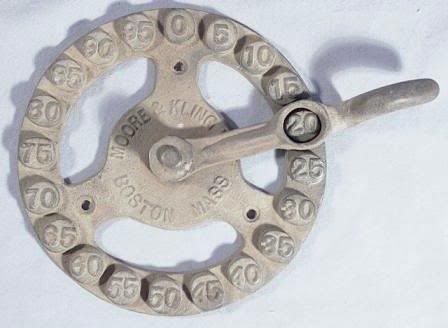
Couldn't find much on Moore & Kling, but this page has an old oil bottle with their name on it.
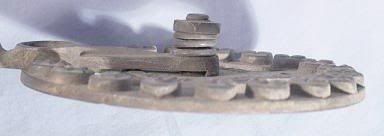
953. The buildings are for cameramen and are located on a horse track near the first turn.
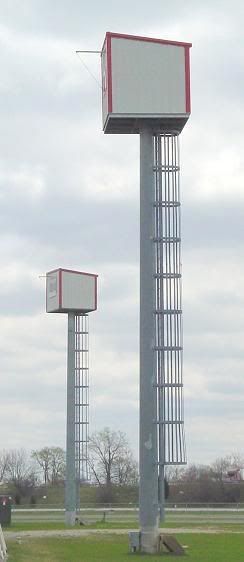
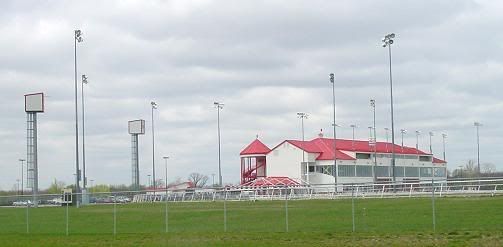
954. A sign next to this one stated:
Devices such as this static electricity machine were used to generate a charge by rotating the glass cylinder against another material. They were most often used in questionable medical practices.

The electric charge is stored in a Leyden jar.
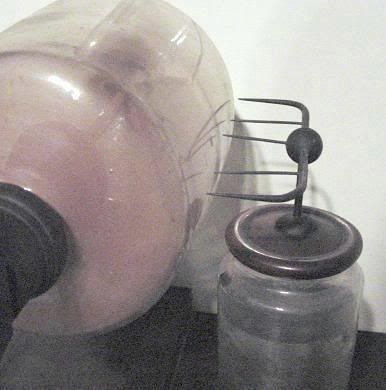
955. This tool was used to grab and pick up a bundle of wheat, oats, barley and perhaps other crops. Bundles were made by a grain binder pulled through the field of ripe grain and had a cutter bar much like a mowing machine that cut the standing grain and moved it across a platform into a device that formed it into a bundle and tied it with twine. These were dropped on the ground as a team of horses pulled the machine across the field. Workmen then walked around the field picking up each bundle and making a grain shock that had 6-7 bundles in it. This required an experienced person to make these shocks so they shed rain water as they were kept in the field for some time. The men would have a tool in each hand, picking up two bundles and placing them on the shock. Barley has sharp beards that could be rough on the hands and wrist while doing this work, so the tool would help prevent irritated skin.
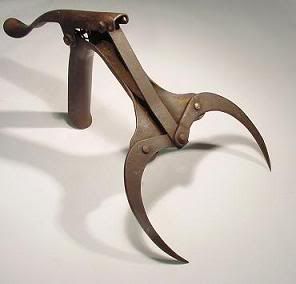
A reader of this site has this description of making grain shocks:
Typically we used 6 bundles per shock, with a 7th as a cap if rain was expected. We were shocking oats until the early 80's in Wisconsin. The purpose of a shock is to keep the grain heads off the ground so they can dry prior to threshing. One would grab two bundles and lean them against each other forming the center of the shock. Two bundles were then added to each side of the center bundle sort of like an A-Frame with a tunnel down the middle to speed drying. If rain was expected, a 7'th bundle was laid horizontally (and spread at the top and bottom) to cover the first six bundles.
956. Gunsmith's multi-tool, used when working on muzzle loading muskets and rifles, with a small hammer, wrench, screwdriver, corkscrew for reaching into the barrel and pulling out patches, and the wire with the sharp point for clearing touch holes.
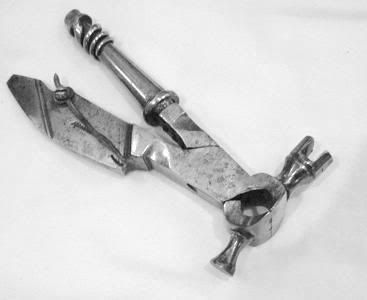
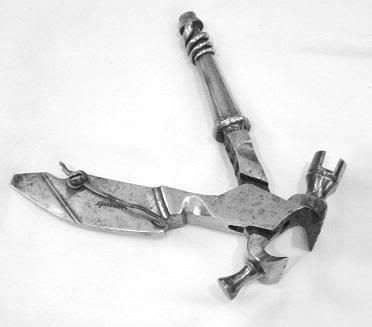
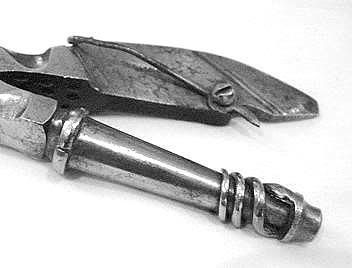
957. The current owner of these emblems inherited fifty of them after the passing of an acquaintance, the previous owner was well traveled so it was thought that they were accumulated during his trips to Europe. Turns out that they are probably cereal premiums and were most likely made to be attached to a bicycle.
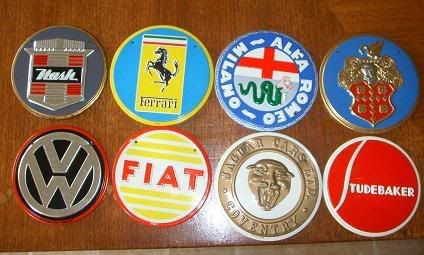
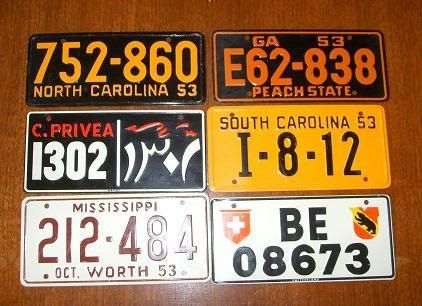
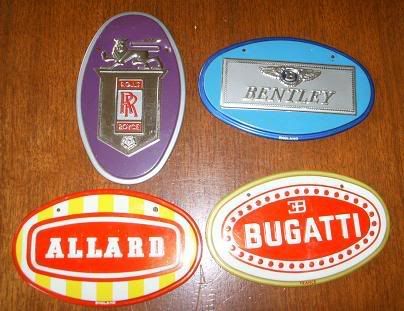
958. Turpentine broad axe, used when tapping for turpentine, makes a wide slash in the bark of a tree with one swing of the axe.
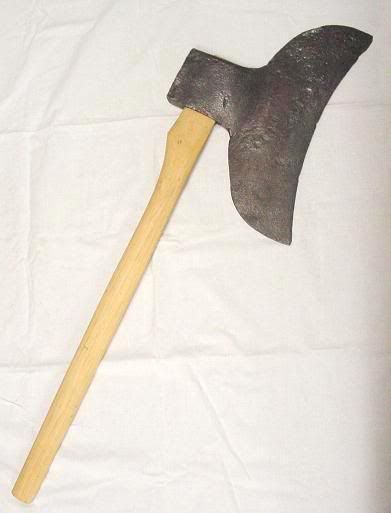
-----
This afternoon I visited with someone who had a fantastic tool collection and also lots of other interesting old things, I'll post some of the photos in the next few sets. I really liked these old prints of Uncle Sam, John Bull, and the Cowboy, from around 1900, made for the American Tobacco Company.
The prints are all approximately 16" x 32".
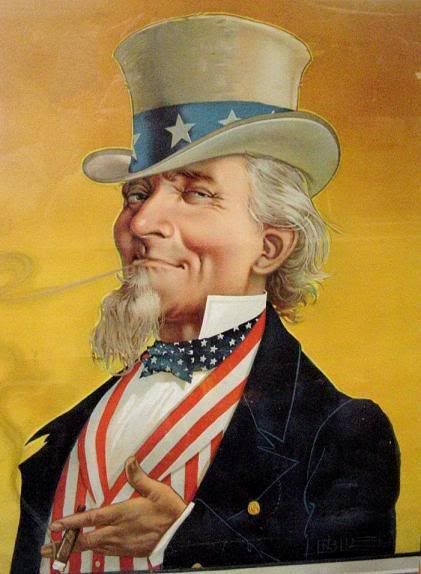
A larger image can be seen here.
They were all framed behind glass, so there are a few reflections.
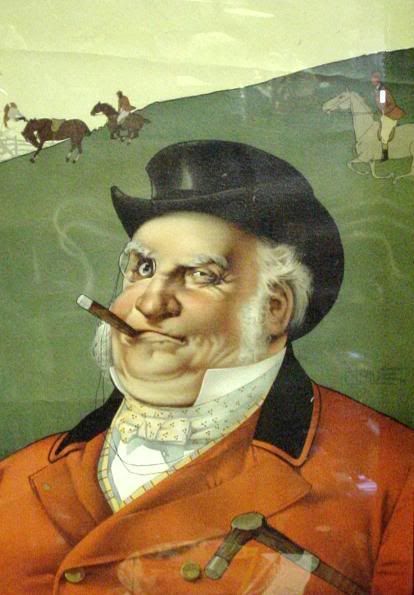
The artist was N. Blue, I haven't been able to find anything about him yet.

Last week's set is seen below, click here to view the entire post:

More discussion and comments on these photos can be found at the newsgroup rec.puzzles.

